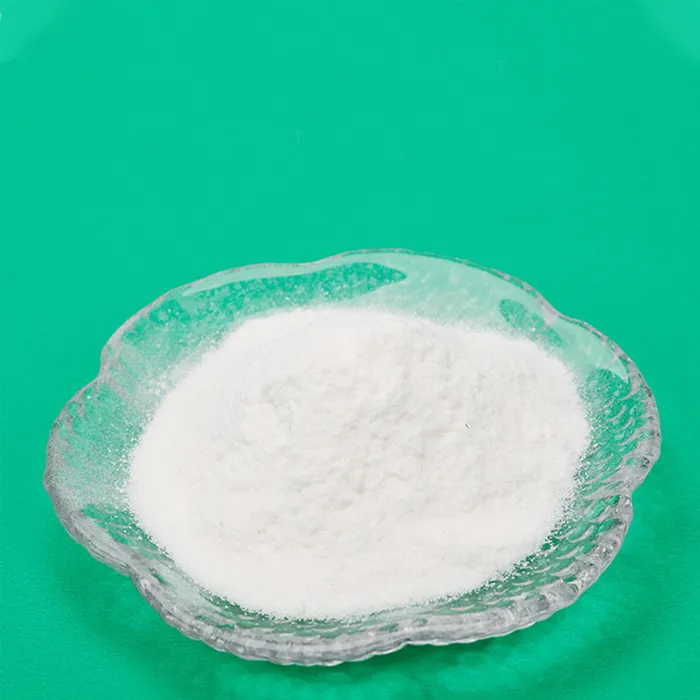Atypical Active Pharmaceutical Ingredients A Focus on Innovation and Safety
In the realm of pharmaceuticals, active pharmaceutical ingredients (APIs) are the critical components that bring about the desired therapeutic effects in medications. While traditional APIs have well-defined characteristics and regulatory pathways, the emergence of atypical active pharmaceutical ingredients has stirred excitement and caution among researchers, manufacturers, and regulatory bodies alike. Atypical APIs often possess unique properties, structures, and mechanisms of action that differentiate them from their conventional counterparts, presenting both opportunities and challenges in drug development and safety.
Understanding Atypical APIs
Atypical active pharmaceutical ingredients can be classified based on several factors, including their chemical structure, mode of action, or the therapeutic areas they target. These compounds may include novel biologics, complex generics, and even certain naturally derived substances that exhibit unique pharmacological profiles. For instance, monoclonal antibodies and gene therapies represent atypical APIs due to their complex manufacturing processes and unique methods of disease intervention.
The unconventional nature of these compounds often leads to innovative therapeutic options for diseases that were previously deemed difficult to manage. Atypical APIs can demonstrate efficacy where traditional drugs fall short, such as in the treatment of rare diseases, cancers, or genetic disorders. This potential for groundbreaking treatments has spurred significant investment in research and development within the pharmaceutical industry.
The Challenge of Regulation
The inherent complexity of atypical APIs introduces significant regulatory challenges. Traditional regulatory frameworks, such as those established by the Food and Drug Administration (FDA) and the European Medicines Agency (EMA), are primarily designed for conventional small-molecule drugs. As a result, these agencies are continuously adapting their guidelines to accommodate the unique characteristics of atypical APIs.
One of the major hurdles in the approval process for atypical APIs is the need for rigorous testing to establish safety and efficacy. Preclinical and clinical trials often require new methodologies due to the distinct mechanisms of action that atypical APIs may employ. For example, the evaluation of biologics requires specialized approaches to assess their immunogenicity, stability, and behavior in the human body.
atypical active pharmaceutical ingredient

In addition, manufacturers of these atypical APIs must maintain stringent quality control measures throughout the production process, as any deviation can lead to significant variances in therapeutic outcomes. Regulatory authorities often impose added scrutiny on the manufacturing processes of biologics and gene therapies to ensure their safety and effectiveness.
Ethical Considerations and Patient Safety
The development and use of atypical APIs also raise essential ethical considerations, particularly concerning patient safety. Given their novel properties, they may carry unique risks that necessitate comprehensive monitoring once they enter the market. For instance, the introduction of a new biologic might cause unforeseen immunological responses in patients, which requires ongoing vigilance and post-marketing surveillance by health agencies.
Moreover, the potential for misuse or underutilization of these atypical APIs poses ethical dilemmas. Healthcare providers must be equipped with adequate knowledge regarding these innovative treatments to make informed decisions for their patients. Adequate education and training programs are crucial to ensure that clinicians understand the indications, contraindications, and potential risks associated with atypical APIs.
The Future of Atypical APIs
Looking ahead, the landscape of atypical active pharmaceutical ingredients is poised for significant expansion. Advancements in biotechnology, pharmacogenomics, and personalized medicine are driving innovations in drug design and development. As our understanding of disease mechanisms deepens, atypical APIs may offer personalized treatment options tailored to individual patients’ genetic profiles.
Additionally, regulatory bodies are likely to continue evolving their frameworks to facilitate the approval of these novel compounds. The establishment of collaborative partnerships between regulatory agencies and industry stakeholders can foster a more adaptive and responsive environment for the development of atypical APIs.
In conclusion, atypical active pharmaceutical ingredients represent a promising frontier in the pharmaceutical industry. They offer the potential for innovative therapies that meet unmet medical needs while presenting unique challenges in terms of regulation and patient safety. As research progresses and regulations adapt, the opportunities for atypical APIs to transform patient care continue to grow, heralding a new era of precision medicine and therapeutic advancement.

